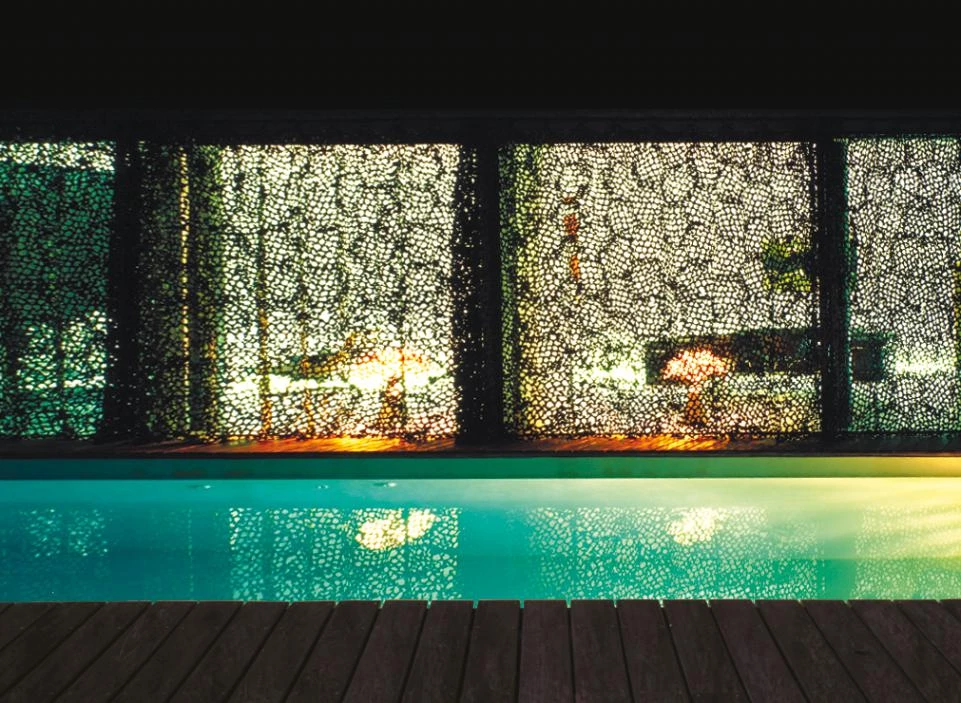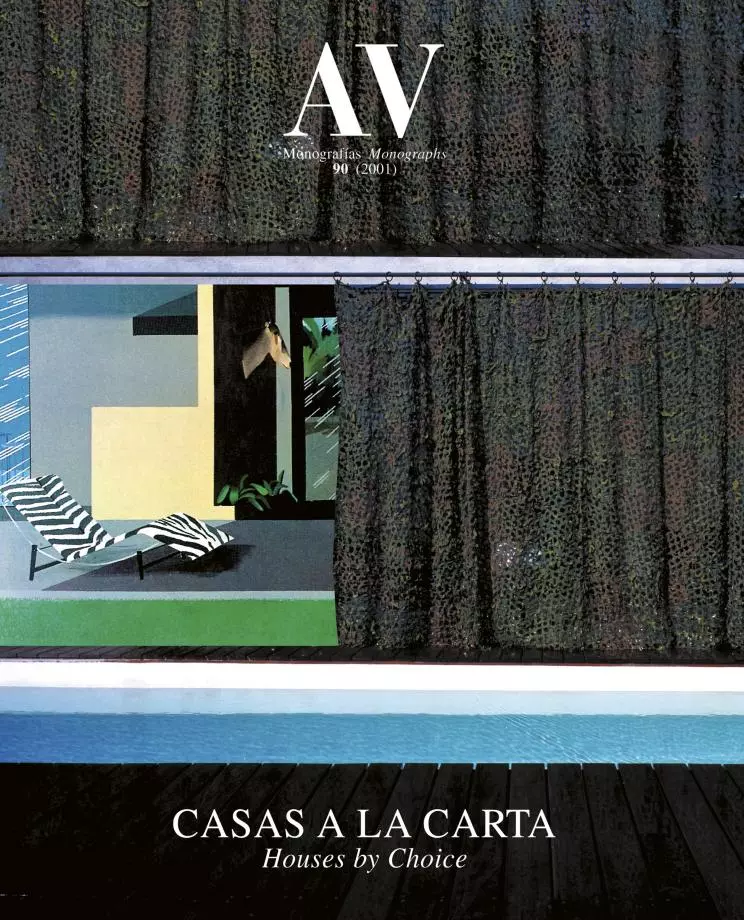
Is there a future for the high-fashion house? The announced retirement of Yves Saint Laurent marks a symbolic milestone in the decline of textile high-fashion; and the heteroclite dispersion of the houses gathered here eloquently illustrates the current puzzlement of architectural high-fashion. In the fashion industry, the decreasing demand of exclusive models has turned haute couture into a mere flagship for the mass products of the company, from the prêt-à-porter to perfumes and accessories, in a transition from the label to the brand which underscores the contemporary predominance of the logo. In the area of building construction, the growing difference in cost in the peripheral city between custom-made and standardized houses has often reduced the former to an occasion for aesthetic experiments, in many cases aimed at the mediatic presence of the architect.
High-fashion has been as characteristic of the 20th century as high-design, and it would not be outrageous to think that perhaps they will take their last bow at the same time. The clients of the couturier and the architect have frequently been the same ones, clothes have expressed social changes with the same effectiveness as signature houses, and fashion has finally entered the museum following the trail of domestic architectures. Dressing differently and living differently are closely linked options which one associates with the breakthrough experimentalism of a century of avant-gardes, but they are also distinctive features which contribute to shape an exclusive universe for social elites. The originality of the outfit, as the singularity of the house, define at once an object of research in the elusive realm of style and an appetite for distinction through the closely-woven sieves of taste.
There is, of course, a criticism of the house which reproaches the single-family dwelling for its avid consumption of land and energy, presenting it as the most voracious threat against the scarce resources of the planet; and there is also an ominous view of the isolated residence as the archetypal statement of the extreme individualism of our times, which has transformed its initial liberating virtue into dysfunctional antisocial fragmentation; but those objections are equally applied to high and low architectural practice. However, the high-fashion house is under the specific and slightly sultry shadow of fantasy: that exacerbation of the singular subjectivity beyond objective existence which broke apart the art form which undoubtedly shaped the expired century – the cinema – divided from its beginnings between the documentary calling of Lumière and the haphazard imagination of Méliès. Withering the latter? Returning the former?





